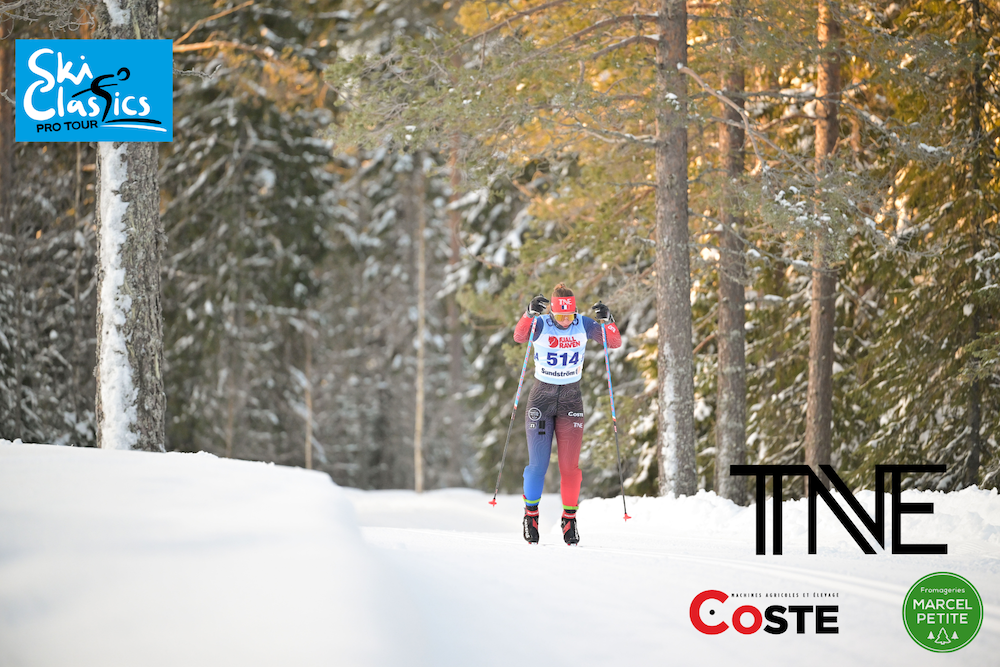By Teemu Virtanen
The biggest ski race in the world, Vasaloppet, is just around the corner, and all Visma Ski Classics pro teams and athletes are undergoing their final preparations for the 90 kilometer race from Salen to Mora in Sweden. The actual Vasaloppet Winter Week is already on, and four of the 11 races have already been held (additionally there are also two children's races); Kortvasan, Tjejvasan and Ungdomsvasan, and Oppet Spar, open track, started yesterday and continues today. Halvvasan, half-Vasan, will take place tomorrow, and the race starts at 9 am in Oxberg.
The first Vasaloppet was held in 1922, but the history of the race goes even further back in time to the 16th century. In 1521, Gustav Eriksson carried out the first "Vasalopp" when he was fleeing from the Danish king. He stopped in Salen and returned to Mora to lead the uprising against the occupation forces. It took him awhile to unite the realm, but he succeeded and became the first king of Sweden, better known under the name Gustav Vasa. So, Salen is not only the start place of the largest ski race but the starting point for the history of Sweden.
When looking at some statistics of this year's winter week, preliminary numbers show that 49% of the 60,000 registered participants are skiing the whole distance in one of the 90 km events. The youngest participant is seven years old and the oldest 90. The average age is 40.4, and 63% are men and 37% women.
The Stockholm county is the biggest region in terms of participants, but Vastra Gotaland is right behind, and it is expected to pass Stockholm by Sunday March 3. Vasaloppet is also an international event, and 10% of participants come from other countries than Sweden. Last year, the whole winter week celebrated a record year in regards to the number of nations, 70, and right now there are 64 nations from all continents. Just to give you an idea of the scale, there are 62 nations in the FIS Nordic World Championships in Seefeld at the moment. Norway is the second biggest country after Sweden with almost 2,000 participants followed by Denmark, a bit over 1,000 and Finland, close to 800.
So, Vasaloppet, and the entire week of activities, is something extraordinary, and it just has to be experienced. As last year's winner Lina Korgren says it is a collective excitement.
"There are so many emotions, expectations and memories for everyone standing in Salen just before the start, and not just for them but for the huge TV audience around the world. Everyone has his or her own Vasaloppet story, and that feeling just grabs you by the throat."


